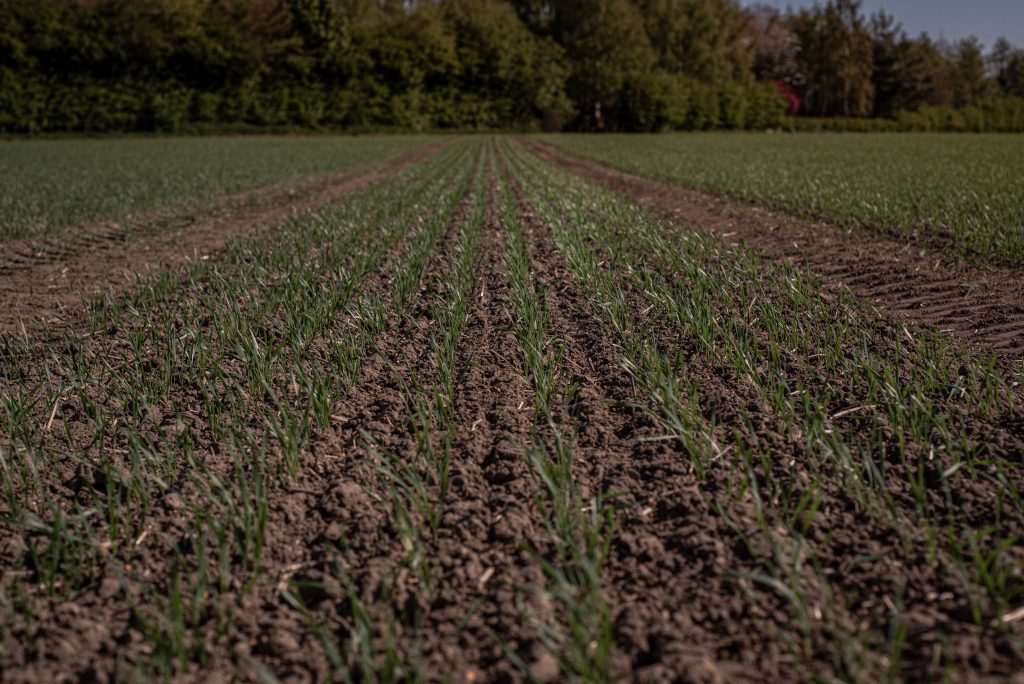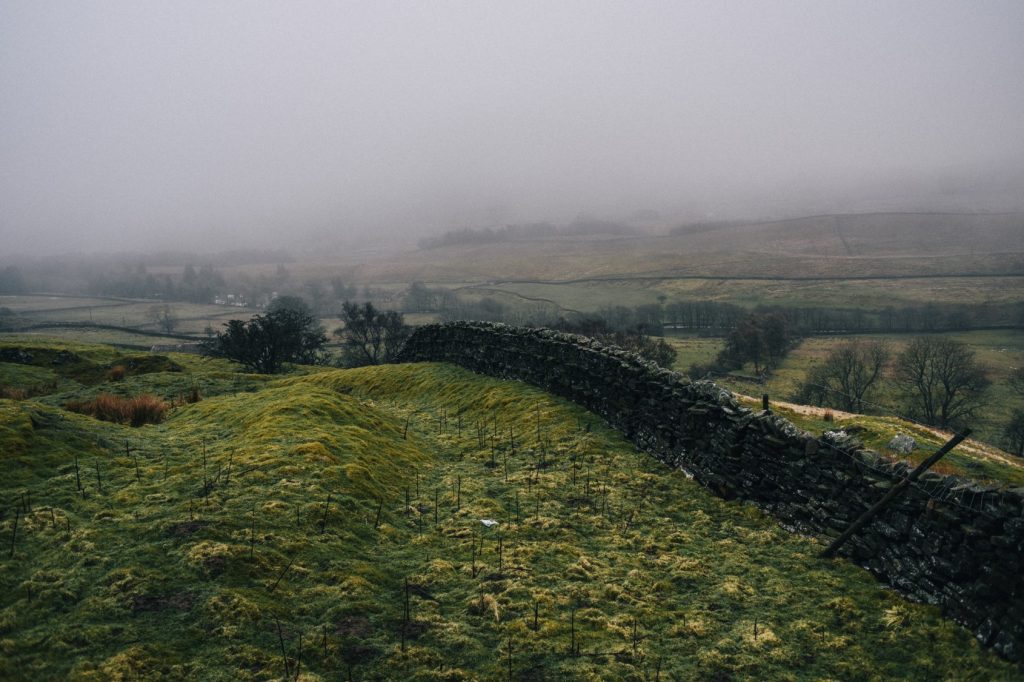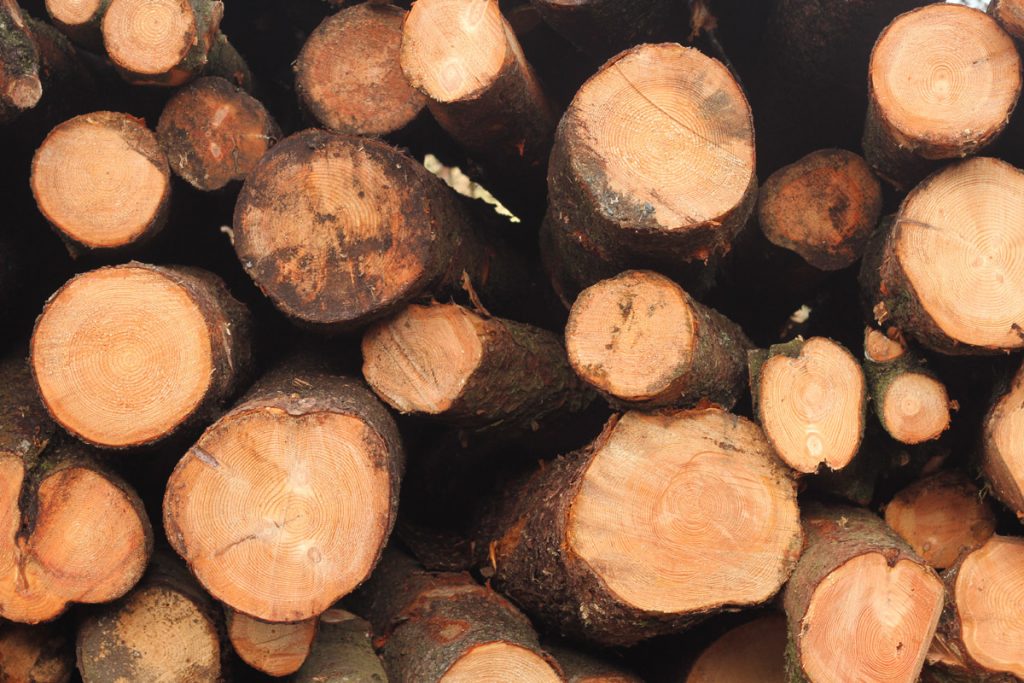Centre for Rural Economy artist in residence Joanne Coates has been exploring reasons for gender bias as part of her residency. Although the Covid-19 lockdown has halted her artwork, here she highlights how feminism and women’s leadership are viewed in farming and further afield.

In the art historical world, gender bias is not a secret. Ever since stories have been told, they have been told through the voice, seen through the eyes, and felt through the experience of the masculine. As recently as 2012, only 4% of artists in The Metropolitan Museum of Art (MET) were women. In my own medium, photography, only 15% of photographers are women. In the industry, women earn on average 40% less than men[1]. The situation is no different in agriculture. according to the UK Department for Environment, Food, and Rural Affairs, with only 14.9 % of registered farm holders in the UK being women.
I have recently begun working with Professor Sally Shortall at the Centre for Rural Economy, and our conversations about gender bias get my mind racing marathons. One discussion brought me back to a time when I told a high-up middle-class (obviously) man in the arts that I was dating a farmer, and his exact words were, “you’ll just end up a farmer’s wife.” I can’t think of many jobs where you just end up somebody’s wife. I think of my partner’s Mum, the work she does for the farm, the behind-the-scenes running of farms women have done for centuries. Are these women ‘just farmers’ wives’?

Since December I’ve been immersed in research, preparing myself to move to rural Northumberland for the practical side of my residency. Lockdown was announced the day before I was due to move. I stayed put, in the lowest part of the North East, in the furthest-up part of North Yorkshire. A bleak rural landscape, my dog for company, (slow) internet, and my partner, a farmer. It is definitely a challenge to how I usually work. I’ve found solace in online conversations with people I’m yet to meet through email chains, talking about gender roles with women who are living the farming experience.
On one of my lunchtime escapes I was listening to the WNYC podcast ‘Dolly Parton’s America’ and two and two finally added to four. One moment in particular helped to explain much about the gender imbalance in farming and how portrayals of feminism link within this.
Dolly’s fans hail her as the original third wave feminist icon. However, Dolly doesn’t view herself that way. When the podcast presenter asks if she thinks of herself as feminist, her response is clear: “NO I DO NOT. I think of myself as a woman in business. I love men, I have a brother, a dad, a lot of cousins. I look like a woman but I think like a man, but I think like a woman too.”[2]
The podcast goes on to hear from Sarah Smarsh, who wrote a book called Heartland, and writes a lot about Dolly and Class. Coincidentally, Sarah grew up in a rural area, on a farm in a poor area 40 miles outside of Wichita, Kansas. She highlights how femininity has changed within the portrayal of feminism, with Dolly Parton paving the way in breaking down these stereotypes. To quote:
“The feminism of the 1970s and 80s, it’s where you had a lot of women start with traditional roles in both the workplace and the home. That’s a moment. When women who had business ambitions were being encouraged to sort of downplay their own quote unquote femininity. You don’t need to wear makeup. You can cut your hair short and put on the pants. During the second wave Dolly is one of the first to represent the future third-wave. She went, like, in the opposite direction which was like you have a problem with my tits then here. They are hanging out. She played it up and was like, you can deal with it. I think I’m more kind of a millennial spirit of approach to feminism… There’s this idea of what feminists are supposed to look like. Feminism can be whatever that it is you wanted to be as a woman. You want to have big hair and big boobs and wear rhinestones then do it.”
What she said next also struck a chord with me. Sarah explained how women live feminism in different ways: “Let me put it through my own experience. I had a very complicated relationship to the term feminist when I was a teenager. In America they choose to sort of like feel this backlash (to feminism) that is full throated now. It was like burgeoning when I was a teenager and I could feel it. Certain words have a different life in those two worlds, but there are women who as we speak are living the tenets of feminism more strongly and in a more badass manner than women who wear the word on a T-shirt and March in the marches.”[3] This struck a chord with me.

Sarah is from a farming community, and I’m part of a farming community. They can be closed communities, with outsiders not fully understanding their complexities. Rural villages and hamlets are not big cities, universities or towns. The language used is different, the way communities engage is different. Women have worked on farms for hundreds of years, they have supported and pioneered. The female shepherdess isn’t a new phenomenon. The language around being a woman in a traditional role, and the more recent trend of using ‘feminist icon’ as a term for a leader, makes many feel uncomfortable. This, however, doesn’t mean they are not. It is in their actions. We still have to look at and deal with the lack of female leaders within the farming industry. From conversations I’ve had to date, I have noticed a clear tendency to downplay their roles.
I’m a keen advocate of voices. For women to see themselves as farmers or leaders, they need to literally see themselves as farmers and leaders. To make space and create space for this. That’s not as simple as it sounds.
When it is safe to meet, I will take my interviews from screen to face-to-(covered) face. I will chat with women in different roles within agriculture. Together I am hoping we will look at and challenge attitudes currently held within the industry. For now, here’s to those women that have been leading the way in farming but not speaking about it. In the words of Sarah, those ‘Badass’ women of agriculture.
Footnotes
[1] Figures from Women Photograph https://www.womenphotograph.com https://theconversation.com/women-were-photography-pioneers-yet-gender-inequality-persists-in-the-industry-today-119056
[2] https://www.wnycstudios.org/podcasts/dolly-partons-america/episodes/sad-ass-songs
[3] https://www.wnycstudios.org/podcasts/dolly-partons-america/episodes/sad-ass-songs
References
https://www.gov.scot/publications/women-farming-agriculture-sector/
https://www.wnycstudios.org/podcasts/dolly-partons-america



